One can discover our city's history by reading between the lines, or even beyond the letters.
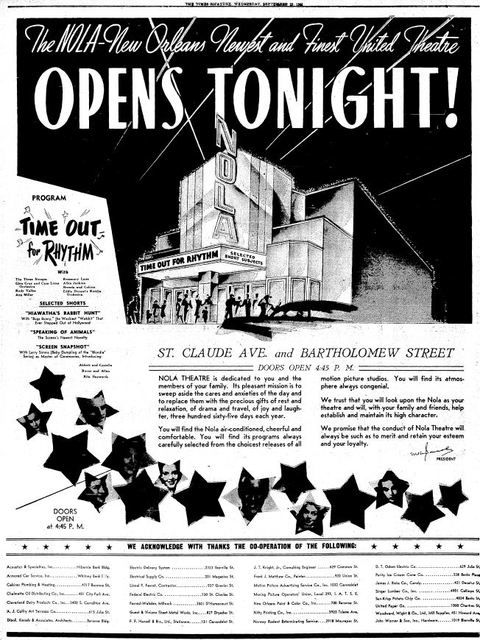
THE CITY
NOLA - The Crescent City-and-state abbreviation seems everywhere, but it is not new—just rediscovered. While the "Follow Your NOLA" tourism campaign was launched post-Katrina as a tourism slogan almost a decade ago, a film company, a fraternal organization, a sheet metal company, and even a 500-seat movie theatre at 4000 St. Claude Ave. used "NOLA" as far back as the early 1900s.
The acronym was solidified in 2001 when The Times-Picayune secured nola.com as its website. Not surprisingly, other quick catchy web addresses have encouraged similarly abridged monikers, like NOMA (New Orleans Museum of Art).
CBD - These letters are likely to elicit giggles as a reference to cannabidiol—one of marijuana's most active ingredients—but they still refer to the Central Business District for locals.
TRANSPORTATION
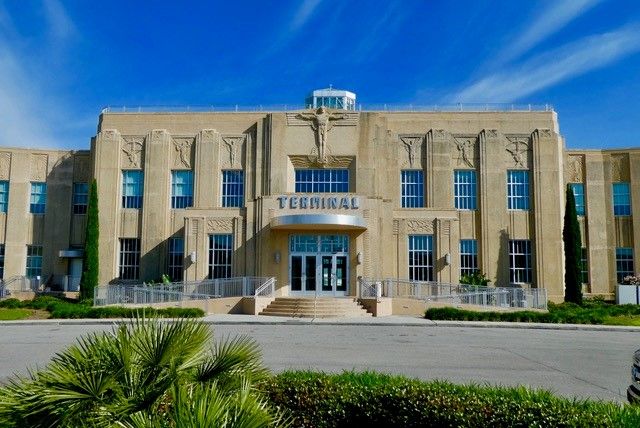
Luggage tags are emblazoned with International Air Transport Association (IATA) three-letter codes to identify travelers' final-destination. However, while airport names may change, the established code letters often do not.
NEW - As the former New Orleans Army Air Base, Lakefront Airport became the original airport for the metro area, capturing the NEW code. It was relegated to a private field in 1946 when MSY's larger facilities absorbed New Orleans's commercial air service due to its inability to expand to accommodate larger jets.
MSY - Bag tags arriving at Louis Armstrong New Orleans International Airport do not reference Sachmo or the city, but rather the airfield's origin: Moisant Stock Yards. When the airfield opened on the former site of an expansive cattle field in 1946, it was named in tribute of John Bevins Moisant, the world-renowned "King of Aviators" who had perished in a crash at the site in 1910. The code did not change after the airport was renamed in 1961, or again in 2001 to honor Louis Armstrong on the jazz musician's 100th birthday.
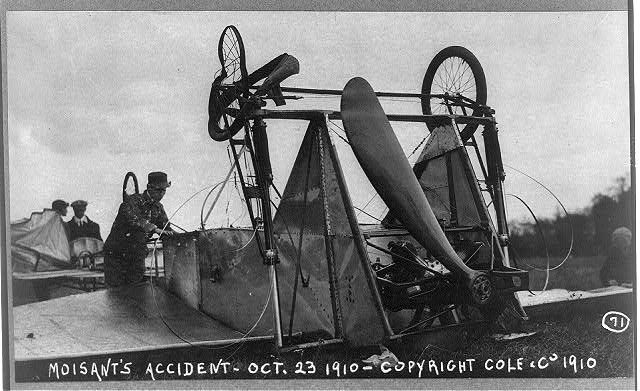
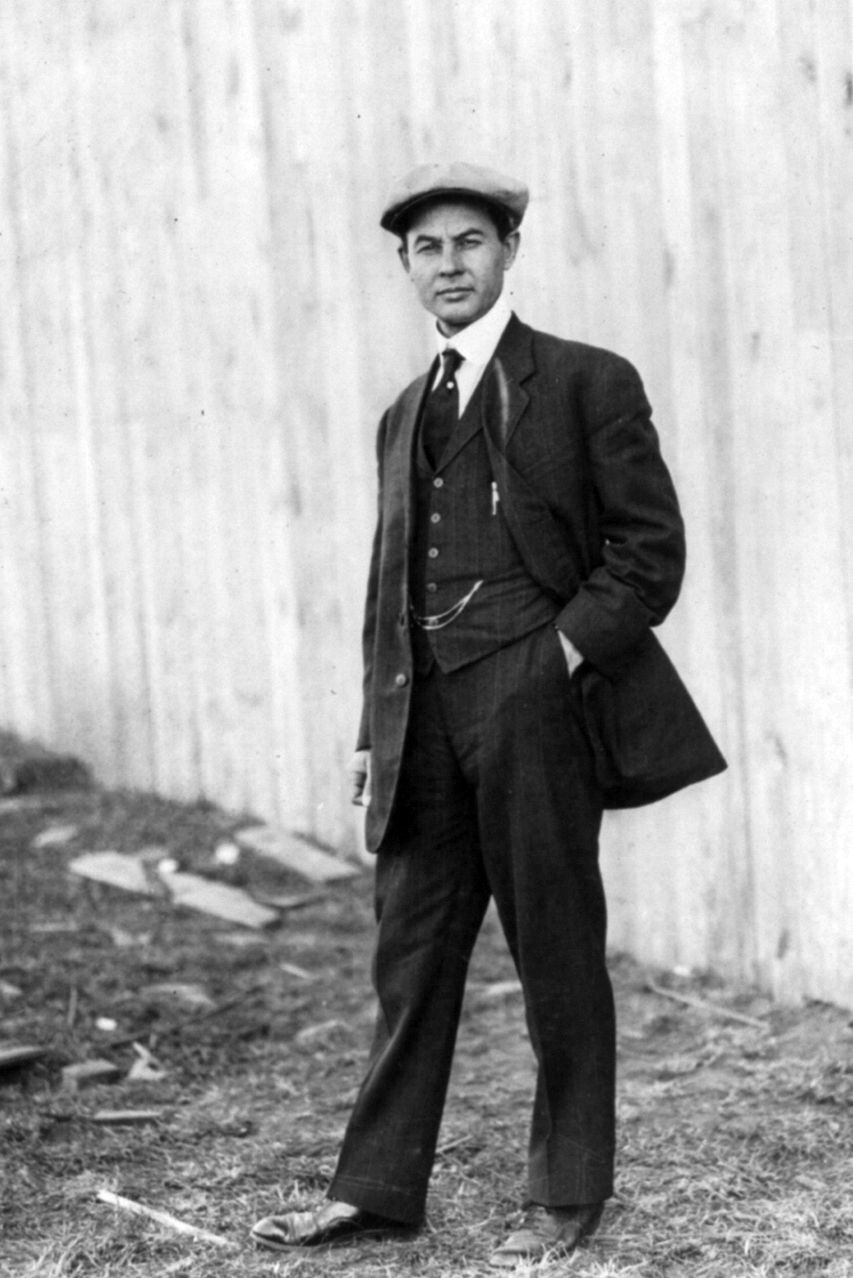
NOL - Trains do not use IATA codes, but this Amtrak designation is a nod to the City of New Orleans for passengers arriving at Downtown's Union Passenger Terminal—even more than the train with the catchy tune.
RTA - Public transportation in the metro area is under the umbrella of the Regional (not Rapid) Transit Authority. While much of the system's buses, ferries, and streetcars are found within city limits, the regional service reaches as far as Arabi, Westbank locations, and Kenner.
BROADCAST
Most know stations east of the Mississippi River start with a W, and stations west of the river with a K. This seemingly arbitrary classification is believed to be the result of a miscommunication that flipped the letters. In the Bureau of Navigation's prefixes, ships in the Atlantic Ocean were assigned the K, while ships in the Pacific Ocean were given a W (for west?).
For some reason lost to time, in adapting for radio, eastern stations got W, while western ones got K. In 1923, the delineation was clarified as "Old Muddy." While all television stations follow this border, some radio stations predate the change and have their previous state-by-state K prefix grandfathered.

KKND -Despite its CBD studio on St. Charles Ave. and powerful transmitter in St. Bernard, this popular New Orleans morning drive-time station is not one of the grandfathered stations. Its the FM radio station license and transmitter in Port Sulphur down river on the Westbank that earns the New Orleans station its 'K.'
KKND's Regional VP and Market Manager Pat Galloway confirms, "Most stations with a K are west of the Mississippi River and most stations with a W are east of the Mississippi River, but there are some exceptions."
In September 1996, the station changed format to become 106.7 The End and changing its calls to KKND—morphing KK and "the eND."

WWOZ - The genesis of the New Orleans Jazz & Heritage Foundation's beloved radio station was an inside joke from The Wizard of Oz.
Founding brothers Walter and Jerry Brock did not want the city's music to be overshadowed by on-air talent. So they were guided by the film's famous line, "Pay no attention to the man behind the curtain." And WWOZ's calls were established when it went on the air December 4, 1980.
WWL - Long before the creation of the world wide web, World Wide Loyola was formed as a one of the city's oldest universities pioneering new technology in 1922. The radio station was originally created as a laboratory for wireless technology. It aired after the Jesuit priests who ran Loyola University New Orleans received Vatican approval, but it wasn't until 1957 when the CBS affiliate began televising programming.
WDSU - In 1928, Joseph Uhalt moved his burgeoning radio station out of his chicken coop and into the DeSoto Hotel in downtown New Orleans. The call letters adapted the D and S from "DeSoto," and the initial of his last name to form WDSU. The early years of television were unique for the station when it was the only city station to broadcast NBC, ABC, and CBS networks simultaneously from 1948 to 1951, retaining its NBC affiliation for over seven decades.
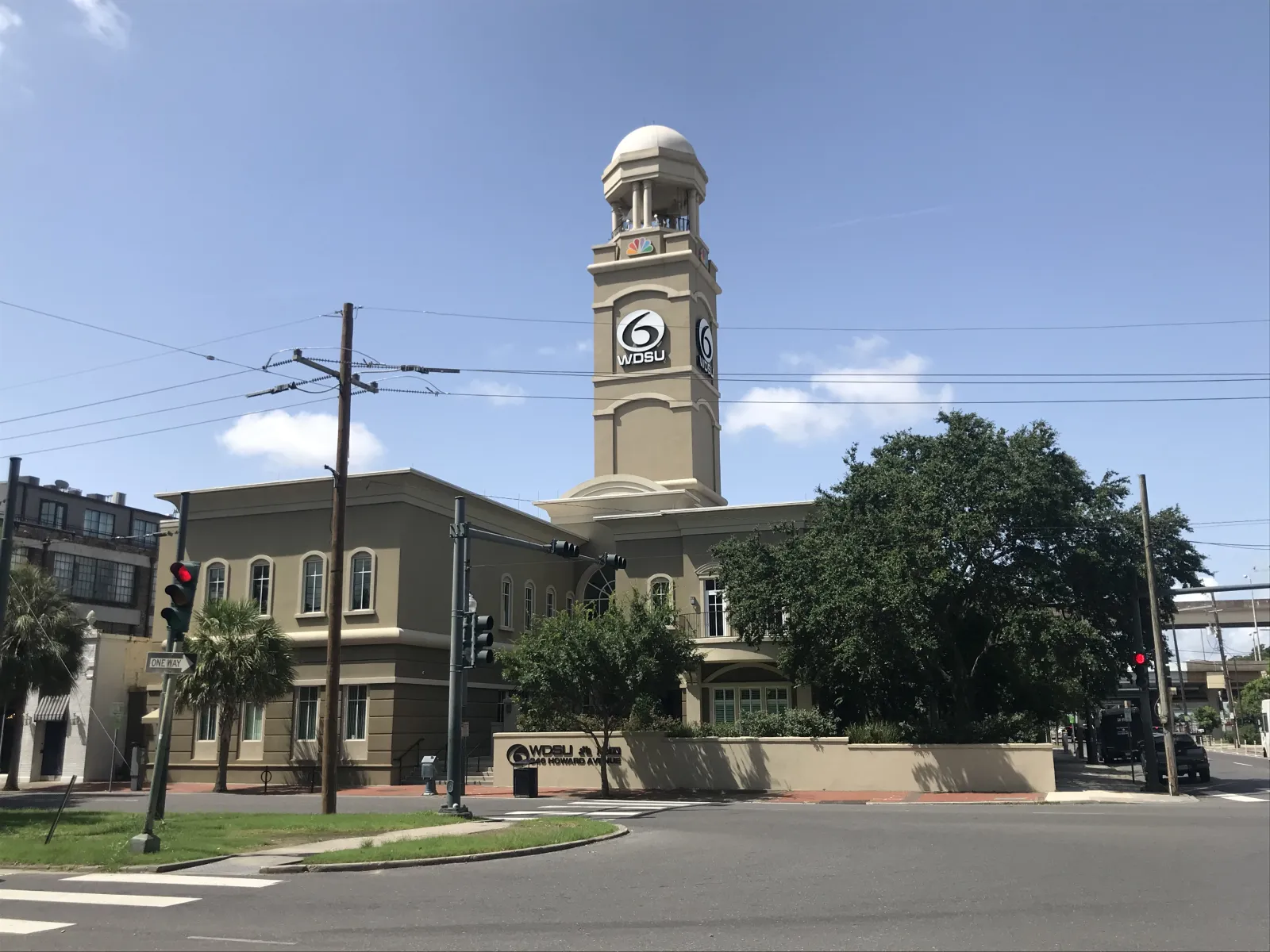
WVUE - Vue is the French word for "view." It started by sharing its CBS affiliation with WDSU in 1953, moving stations and changed their call letters to WVUE in 1959. On June 8, 1970, the station shocked the broadcast community by moving to VHF Channel 8, swapping channels with the city's PBS affiliate, WYES (sometimes YES just means yes).
The station again shook the New Orleans airwaves on New Year's Day 1996 by breaking with its ABC affiliation after over 40 year to broadcast the fledgling FOX network.
WGNO - The station started in 1967 broadcasting as WWOM—"The Wonderful World Of Movies"—before becoming GNO when sold in 1972. The obvious meaning of the ABC affiliate's call letters is, of course, Greater New Orleans…but are things that simple?
One theory proposes GNO is a melding of the station's parent company and host city. While the idea that The Tribune Company's flagship station, WGN in Chicago (itself meaning "World's Greatest Newspaper"), combined with the city's N.O. initials to form WGNO is strong, the timeline is flawed—the station became WGNO almost a decade before the Tribune Company sale in 1983.
Another possible theory: the station's slogan, "We've Got New Orleans." But it's more likely the slogan was derived from the call letters as a bit of clever marketing.
How many acronyms that we hear daily are instilled in our city's history, and that of the country? Enjoy pondering other abbreviations many take for granted over beignets and cafe au lait on your next visit to CDM.

